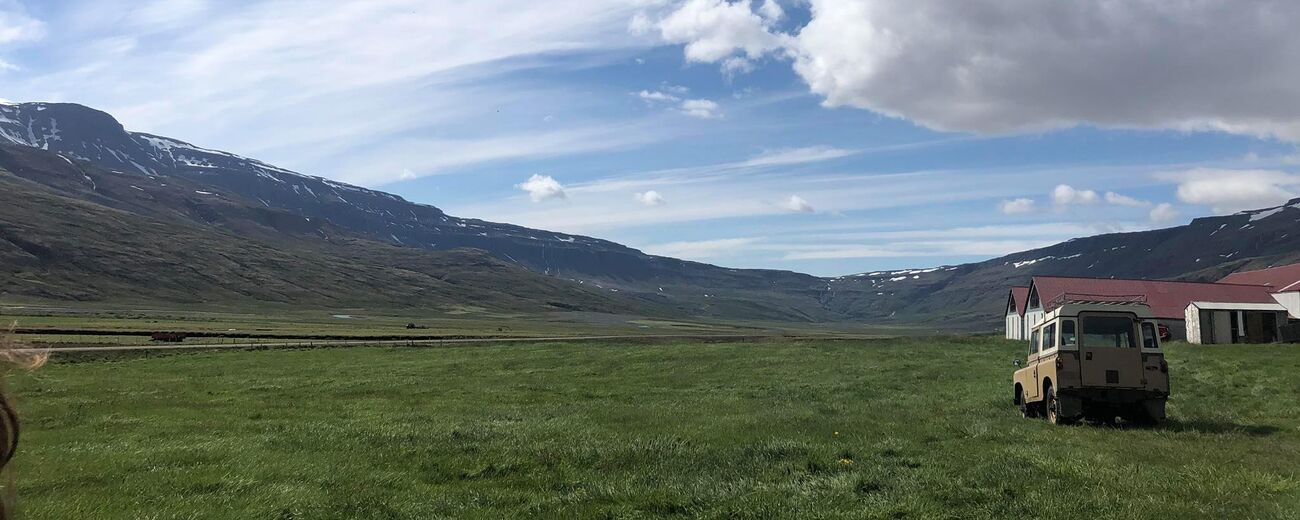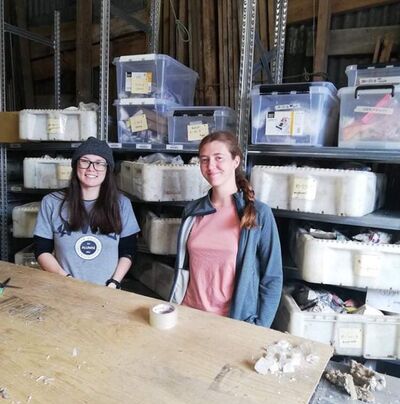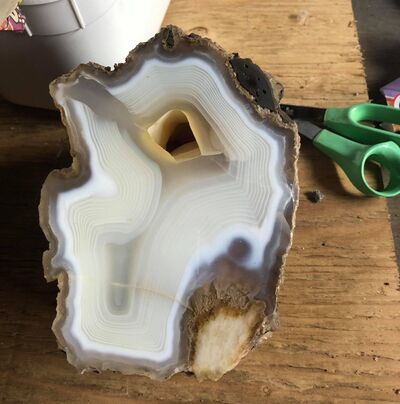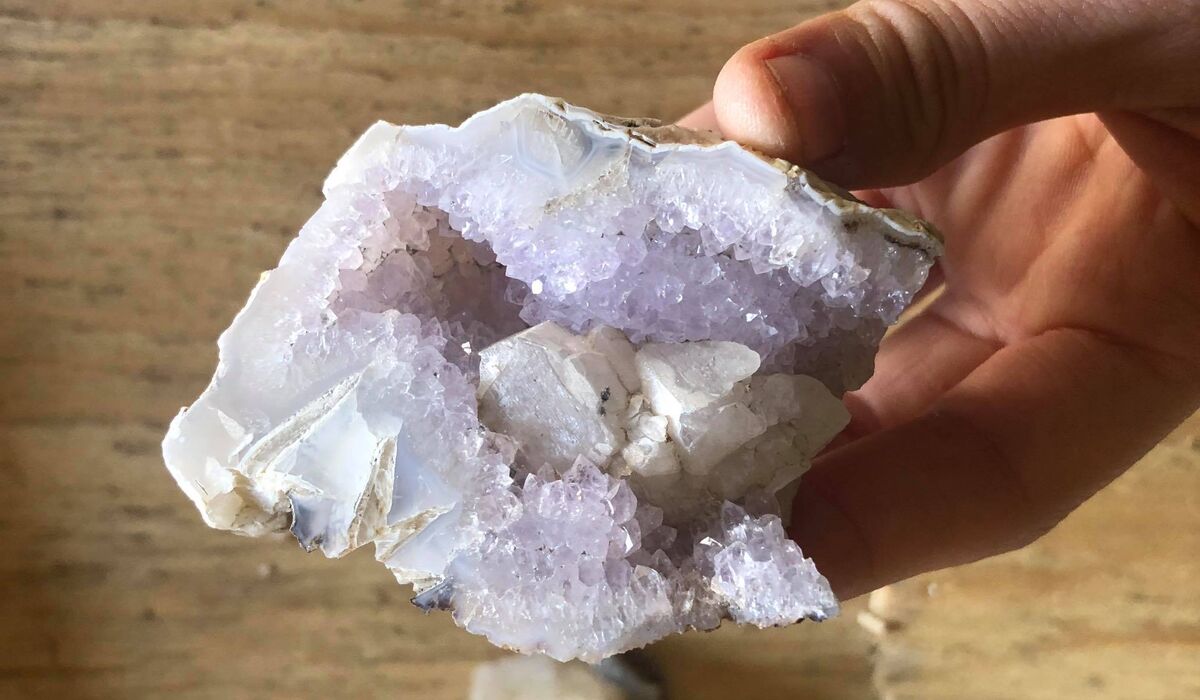Madison's work with the Natural History Museum of Iceland
A summer full of rocks, reindeer, and returning to her passion.

REYKJAVIK, September 18 - This summer, Iceland School of Energy students have been busy. Whether it's attending summer school, performing preliminary research for a thesis project, or working on an interesting job, our students have found ways to stay engaged. For current ISE Sustainable Energy student Madison MacKenzie, her summer was full of hands-on experience in the Eastfjords of Iceland.

Building on her degree in Geology from Western Washington University, Madison found a job with the Icelandic Institute of Natural History (IINH). IINH is under the Ministry for the Environment and Natural Resources and performs research and maintains databases on the zoology, botany, and geology of Iceland. For this job, she worked with a partner in Breiðdalsvík, Iceland for 9 weeks to look into a collection the museum was interested in obtaining. Together the pair was in charge of identifying rocks, describing their nature, logging their origins, and essentially identifying anything that could be museum-worthy and could be used in display pieces. They were in charge of the overall organisation of how things were done and this allowed her to utilise leadership and decision-making skills.
Madison shared,
The museum trusted us with their potential collections and took our opinions and advice seriously. It was nice to really feel like a professional and work with a team of women geologists.

Going through well over 5,000 in total, the rocks had to be organised into a system so if the museum ended up getting the collection, they can go in and take what items they want. To do this, Madison and her partner went through the rock identification process. To identify rocks, several aspects need to be tested. The first points that are noted are colour, crystal habit, and cleavage. Certain crystals will have different prisms or sides and breakage planes represented with fractures or cleavages.
If needed, the next step is to take diluted HCl and drop a little on the rock. If it fizzes, that means there is carbonate present, and if it doesn't fizz, there is none present. Sometimes, they even resorted to tasting some of the rocks to see if they had salt or sulfur in them. From there, a reference book is used to identify the rock accurately based on the testing results.
Essentially, every mineral has a specific structure, some of them look alike, while others don't and you can just look at it and know what it is.
The
collection is owned and was accumulated by a rock enthusiast living on a farm
in Breiðdalsvík. The rocks in the collection were from all over the island,
however, a majority of them came from the Eastfjords and were quartz or calcite
from old geothermal deposits. On a good day, Madison and her partner would make
around 90 entries that could be anywhere from one rock to one series of rocks
that all went together. They took pictures of the rocks, measured them, and
then wrapped them up individually like Christmas presents and put them in
little boxes. Madison shared that she enjoyed the opportunity to work
independently.
This job made me get back into my field and find a new appreciation of why I got into geology in the first place.
We are happy that students, like Madison, are following their passions and doing amazing things here in Iceland.

